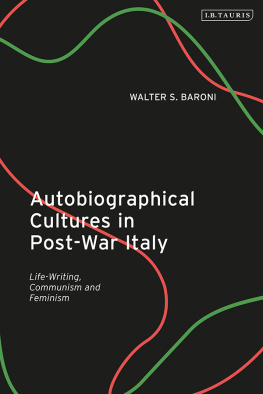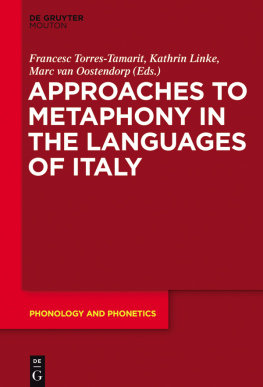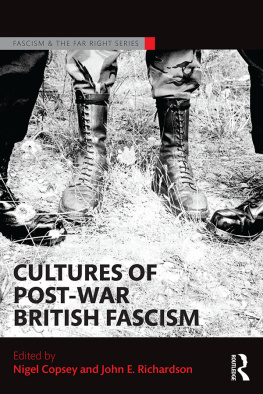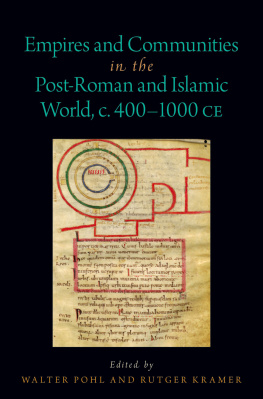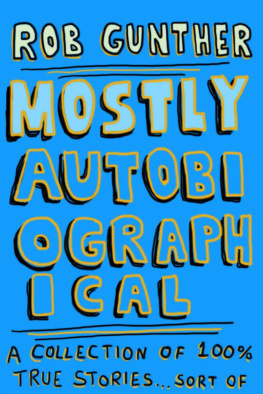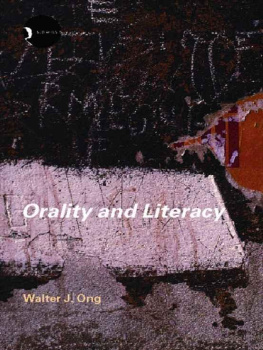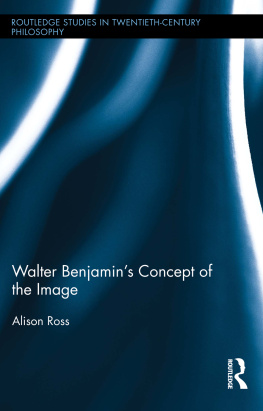This book presents an analysis of communist and neo-feminist autobiographies produced in Italy after the Second World War. It focuses on the narrative techniques used to recount the self, regarding them as a means of responding to a paradoxical injunction similar to the command to be spontaneous underpinning the operation of such autobiographical forms of enunciation. Its aim is to provide a description of those political traditions from an original point of view, that is, the autobiographical cultures that they developed to emancipate the selves of militants and activists.
It first considers the practice that required new communist party recruits to prepare a free-form autobiography, to be included in their personal file, managed by the cadre division. Members autobiographical duties did not end with their acceptance into the Italian Communist Party (PCI), however. They were also required to repeat the process as part of courses run by the party schools and in the event of promotion, in the case of officials. In the Italian neo-feminist context, meanwhile, the text examines the set of self-enunciation practices that emerged from consciousness-raising groups, where women recounted and analysed their personal experiences.
At first glance, the comparison proposed here may seem historically questionable. The golden age of communist autobiographical writing as an institutional tool applied to militants spanned the fifteen years following the Second World War. Feminist self-enunciation, meanwhile, emerged later between the end of the 1960s and the beginning of the 1970s. Though relatively short in chronological terms, the distance between these two experiences is marked by the historical watershed represented by the 1968 movement, which separated the old left from new. The risk, then, is comparing two things that, in historical terms, are incomparable.
An initial response to such an objection might be offered simply by considering the facts. From 1956 onwards, the autobiographical obligation incumbent on PCI militants slowly began to ease, gradually losing its organizational and political significance. As such, the chronological parameters of this project are largely dictated by historical events. This presents at least one advantage, enabling us to consider communist and feminist employment of autobiographical writing, respectively, at their most prolific points.
Such chronological considerations aside, however, it should be noted that this is not a history book. Rather, it is a book that examines the forms of self-enunciation that emerged in the context of a single political tradition the twentieth-century left before and after 1968. The historical distance between the self-narrative experiences explored here gives the comparative analysis its significance, enabling me to highlight how a practice such as recounting the self, which is seemingly so generic, can be transformed so completely in the hands of communist militants or feminist activists respectively. This work, then, might be defined as an exercise in constructive comparativism, involving the selection of two historical subjects for comparison and examining them through the innovative lens of the political self-narrative strategies that emerged in each context.
As regards the general positioning of my research, while it shares common ground with the biographical turn approach popular in recent studies on the international communist movement, it does not belong in that category. that is, how the individual performs his or her communist or feminist role and the complicated dance of moving closer to, and drawing away from, ones political identity.
Garfinkel sought to highlight the implicit procedures according to which his researchers moved from a set of unordered documents to the final text on which the work was based. This book seeks to shed light on the narrative technologies similar to Garfinkels procedures by way of which communists and feminists imposed the stable form of a self-narrative on the set of unordered events that made up their lives. The scope of my investigation, then, is not defined by the distance between the individual subject and communism or feminism, but rather by the much shorter gap separating that individual subject from his or her own self-narrative. It is that seen, but unnoticed space within which the narrative order of the communist and feminist autobiographies takes shape, which is generally taken for granted, considered undeserving of specific attention.
To examine such technologies, we must avail of a definition of autobiography that enables their identification and allows us to highlight their operation. The classic definition offered by Lejeune is perfectly apt in this regard. and the text, inhabited by the narrator and character. Just as the paratext is responsible for the text becoming a book and acquiring a social existence, so too is the author of the autobiography the textual function that ensures that the account refers, in the extra-textual world, to a self that actually exists. Together with the shared identity, another key feature of the autobiography is the specific reading contract or autobiographical pact that distinguishes the text from a novel characterized by a fictional pact and from a biography governed by a referential pact.
Some further observations in relation to Lejeunes theory are useful for the purposes of this work. First, the three figures to whom he refers author, narrator and character are not inert roles but instead engage in power relations within the text. In other words, their relationship within the autobiographical field is variable. What happens, then, if the author overpowers the narrator and character to the point of their elimination? Or, on the contrary, if the character and narrator break free and somehow subjugate the author figure? The first scenario is the most interesting. Is there such a thing as a purely authorial autobiography, where the character and narrator disappear in favour of the author? This may seem like a ridiculous question, as it alludes to an impossible object, that is, a paratext without a text, situated in a sort of non-Euclidean textual space.
An example of such a bizarre textual configuration does, however, exist in the form of a generic identity document that records the personal details of the subject. Such a document even holds specific autobiographical power: it states that I am me. From a narrative perspective, of course, the story recounted is not particularly compelling. In a certain sense, it sees the subject of the statement merging with the autobiographical subject of the enunciation, just as the autobiographical text elides into the autobiographical act. This is represented, for example, by an individual showing their passport to various airport officials, repeating the assertion that they are themselves. In any case, this assertion that I am me is the driving force behind any autobiography. We are presented, then, with the most basic model underpinning any autobiography, an affirmation of the shared identity of the three figures involved even if, in this case, the narrator and character are essentially invisible.
At the extreme opposite end of the scale are texts in which the latter figures prevail over the author. Once the paratext threshold has been crossed, the author merely serves as the condition for the unfolding of an account with the narrator and character at its centre. The extreme example of this configuration is once again somewhat bizarre. It would involve a self-narrative in which the narrator and character are forced, in the name of autobiographical truth, to dissociate themselves from and even cut ties with the author as referential function. To quote Lejeune, accuracy and information would be entirely sacrificed in favour of fidelity and meaning. It is far more difficult here, than in the case of the identity document, to imagine the form such a textual arrangement would take. It would manifest as a non-referential, yet authentic, text, of absolute autobiographical significance.


